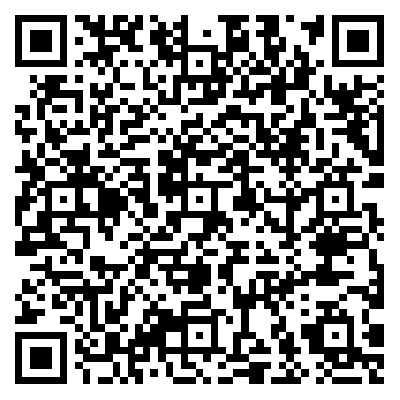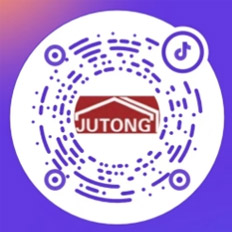
Vehicle shutdown measures
When the meteorological department releases rainstorm warning information:
Blue warning, transportation companies should prepare for flood prevention education and training, as well as material reserves;
Yellow warning, transportation companies conduct risk assessments on the operating routes of vehicles passing through the warning area, formulate and implement control measures such as adjusting departure times, detours, and shutdowns;
Orange warning: Transportation companies are not allowed to send shifts to sections within the warning area where dangerous situations or major hidden dangers have occurred;
Red alert: Transport companies are not allowed to operate trains, and vehicles that are currently in operation will be taken to nearby safe areas for suspension.
Vehicle detour measures
According to the emergency response level of the provincial flood control and drought relief headquarters and in case of severe weather such as rainstorm, which does not meet the safe operation conditions:
For passenger vehicles that have not yet departed, the transportation enterprise shall immediately adjust the departure time and route of the bus, and suspend the operation of the bus if necessary;
For passenger vehicles that have already departed, the transportation enterprise shall take effective measures to urgently avoid danger. If they actively detour and avoid, it is strictly prohibited to solicit passengers on the way. Relevant law enforcement departments shall not obstruct the normal passage of vehicles that meet the temporary detour conditions;
If the temporary diversion time of passenger buses is within 7 days, the passenger transport enterprise shall adjust it on its own and report to the relevant industry management agency for filing within 3 working days; If the temporary diversion is expected to exceed 7 days, it shall be reported to the original licensing authority for approval within 3 working days.
Safety hazard investigation measures
Transport companies shall conduct safety risk identification and assessment on each passenger route, comprehensively sort and register safety risk points, develop and implement a safety risk classification control list, and inform relevant drivers of the location and response measures of safety risk points, urging them to strictly implement the requirements of "advance avoidance, preventive avoidance, and active avoidance", and strictly prohibit risky operations; Transportation companies will carry out safety hazard investigation throughout the flood season disaster prevention work. They will register and record the hidden danger points of rural roads near rivers, mountains, and other water damaged and prone sections one by one, establish a list and ledger, formulate preventive measures, and timely report the investigation results to the industry management department.
Vehicle dynamic monitoring measures
Fully utilize satellite networking control systems and active safety intelligent prevention and control systems to strengthen the monitoring and supervision of vehicle operation, highlighting the key tracking and monitoring of "two passengers, one danger", rural passenger transport and other suspended and bypassed vehicles.
Transportation companies use electronic maps of the road network to operate vehicles, integrating geological hazard risk source data, field surveys, and driver discovered geological hazard risk points into the main defense vehicle terminal. Electronic fence technology is used to restrict the access of operating vehicles to geological hazard warning and rainstorm warning areas.
Safety education measures
Transport enterprises should strengthen the training of emergency response methods such as wet and slippery road driving, sudden natural disasters, vehicle drowning, vehicle tire blowouts, and poor driving vision in the "Emergency Driving Operation Guidelines for Road Transport Drivers (Trial)" based on the characteristics of the flood season, enhance the eme






